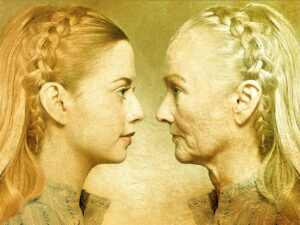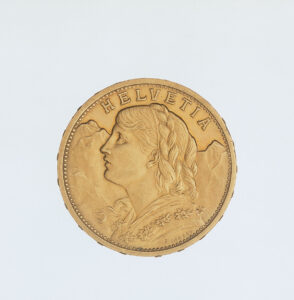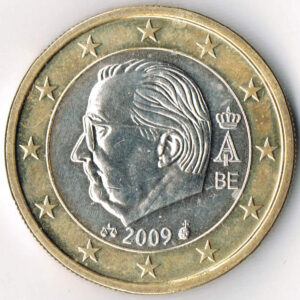
The golden girl
The Goldvreneli is one of Switzerland’s best-loved coins. In the beginning, however, the Vreneli was a Helvetia and what’s more, one that stirred heated debate.

William Tell, or not William Tell?

More men abroad


The Goldvreneli is one of Switzerland’s best-loved coins. In the beginning, however, the Vreneli was a Helvetia and what’s more, one that stirred heated debate.


